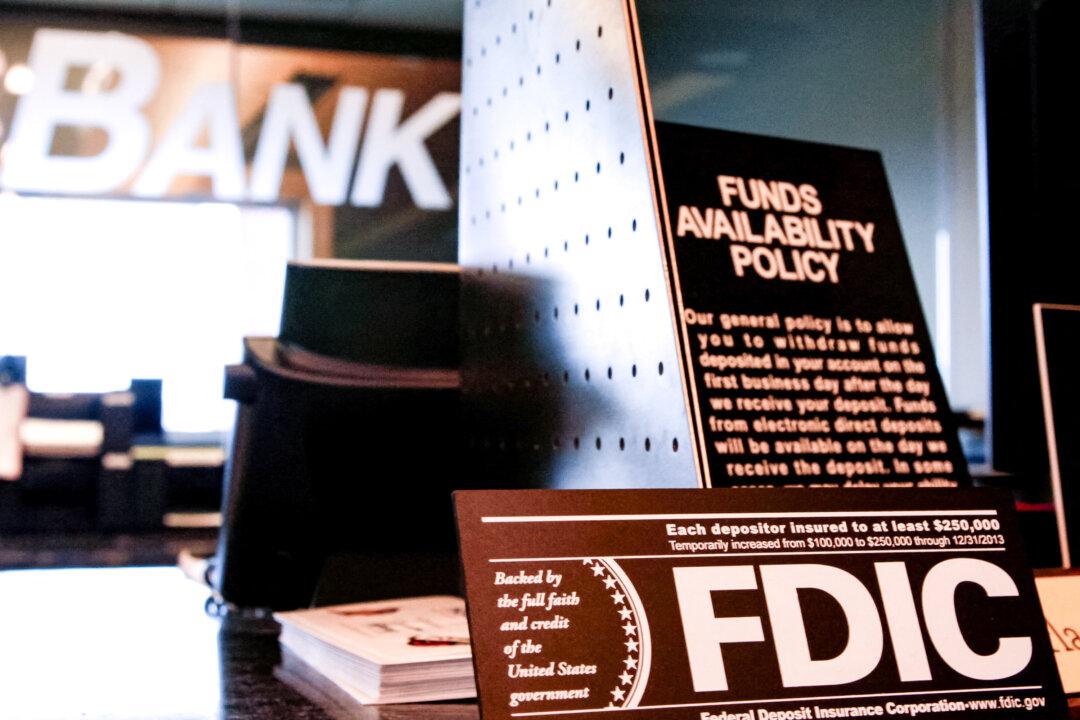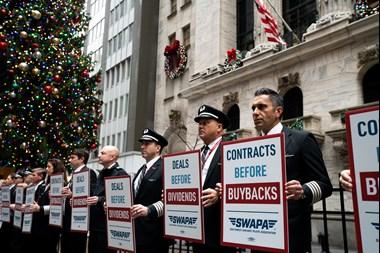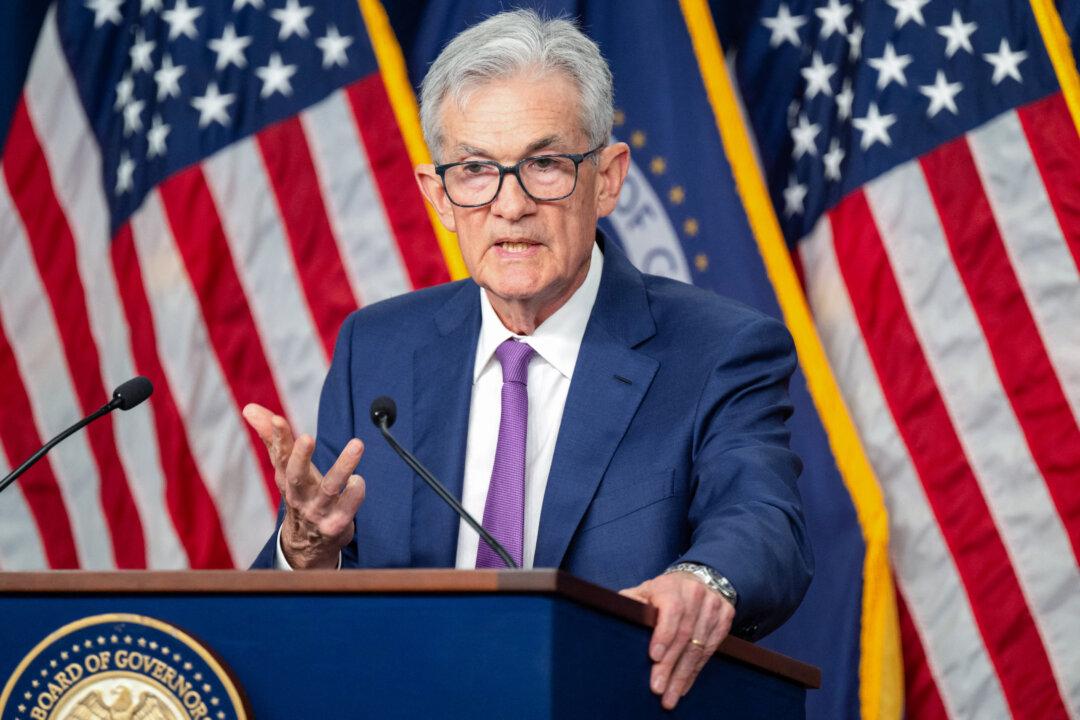Earlier this month, the Biden administration issued revised Corporate Average Fuel Economy (CAFE) standards that dictate fuel mileage standards for passenger cars and light trucks in the United States. The new CAFE standards require 49 miles per gallon (mpg) on U.S. vehicles by model year 2026.
In making the announcement, U.S. Transportation Secretary Pete Buttigieg said, “Today’s rule means that American families will be able to drive farther before they have to fill up, saving hundreds of dollars per year ... These improvements will also make our country less vulnerable to global shifts in the price of oil, and protect communities by reducing carbon emissions by 2.5 billion metric tons.”





